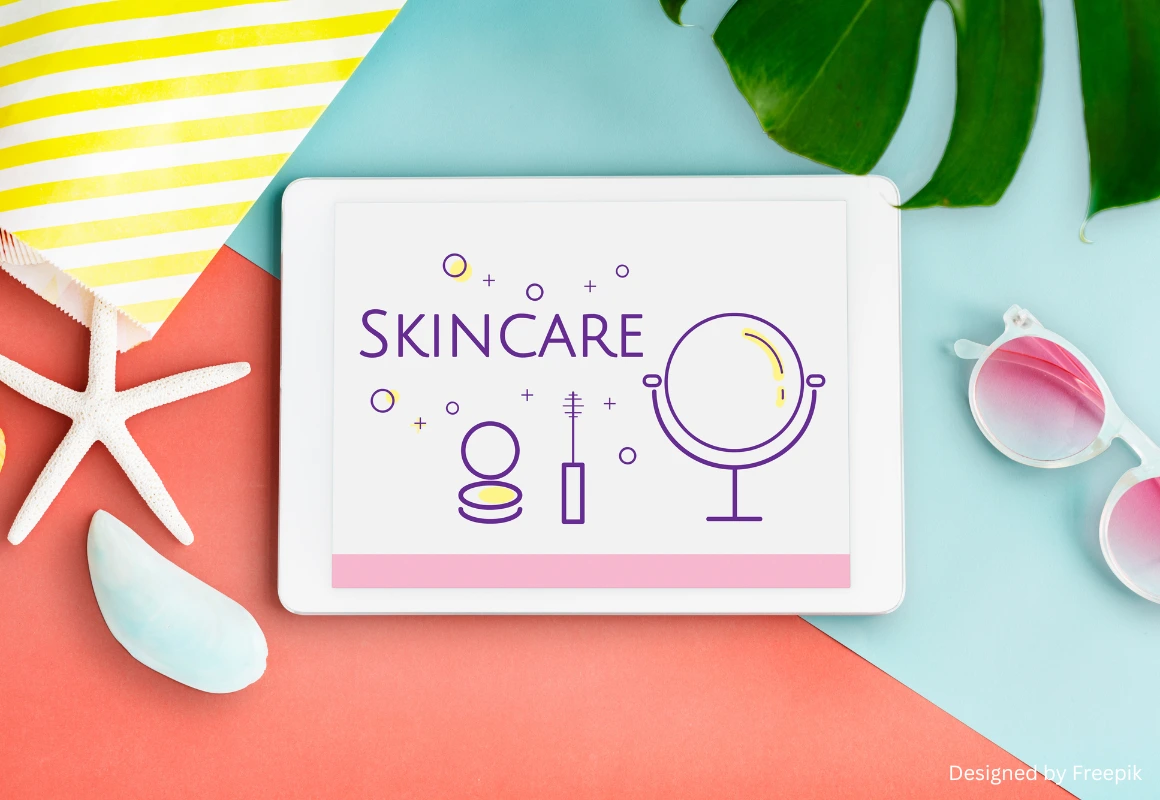Microalgae-based Sunscreens as Green and Sustainable Skin Care Cosmetic Products

Microalgae-Based Sunscreens: The Future of Green and Sustainable Cosmetics
As the cosmetics industry moves toward more sustainable practices, microalgae-based sunscreens are emerging as eco-friendly alternatives to conventional sun care products. Microalgae, microscopic photosynthetic organisms, are a rich source of bioactive compounds that provide natural sun protection while contributing to environmental sustainability. This review explores the potential of microalgae-based sunscreens, examining the bioactive compounds they offer, their advantages over synthetic ingredients, and their application in modern cosmetics.
Understanding the Benefits of Microalgae in Sunscreens
●The Role of Microalgae in UV Protection
Microalgae produce a variety of bioactive compounds that protect them from harmful ultraviolet (UV) radiation. These compounds, such as polyunsaturated fatty acids (PUFAs), pigments, polyphenols, and antioxidants, have been studied for their potential use in sunscreens. They offer a natural way to shield the skin from UV damage, reducing the need for synthetic UV filters, which have been linked to environmental harm, particularly in marine ecosystems.
● The Environmental Impact of Synthetic UV Filters
Many traditional sunscreens contain synthetic UV filters like oxybenzone and octinoxate, which have been shown to damage coral reefs and marine life. In response, certain regions, such as Hawaii, have banned these ingredients, prompting a shift toward greener alternatives. Microalgae offer a sustainable solution, with compounds that not only protect the skin but also minimize ecological impact.
●Mechanisms of UV Protection in Microalgae
Microalgae employ several mechanisms to protect themselves from UV damage. These include the production of UV-absorbing compounds, antioxidant enzymes, and DNA repair enzymes. For example, the carotenoid pigments found in species like *Haematococcus pluvialis* and *Dunaliella salina* act as natural sunscreens, absorbing harmful UV rays and neutralizing free radicals.
Bioactive Compounds in Microalgae for Sunscreen Formulations
● Mycosporine-Like Amino Acids (MAAs)
MAAs are water-soluble, colorless compounds produced by certain microalgae strains. They absorb UV radiation in the range of 309–362 nm, making them ideal candidates for broad-spectrum sun protection. MAAs also exhibit antioxidant and anti-inflammatory properties, further enhancing their potential in sunscreen formulations.
● Carotenoids: Natural Sunscreen and Anti-Aging Agents
Carotenoids, including astaxanthin, beta-carotene, and lutein, are pigments with strong UV-absorbing and antioxidant properties. These compounds not only protect the skin from UV damage but also help reduce signs of aging, such as wrinkles and sunspots. Astaxanthin, in particular, has been shown to be more potent than tocopherol (Vitamin E) in combating oxidative stress.
● Pigments and Their Potential for Visible Light Protection
In addition to UV protection, microalgae pigments can shield the skin from visible light, which contributes to conditions like melasma and hyperpigmentation. This opens up opportunities for developing sunscreens that protect against both UV and visible light, offering comprehensive photoprotection.
Commercial Applications and Market Potential
● Existing Microalgae-Based Sunscreen Products
Several cosmetic brands have already incorporated microalgae-derived ingredients into their sunscreens. For instance, *Regenyal Sun Care* utilizes *Dunaliella salina* for its energizing and firming properties, while *Kōkua Sun Care* leverages *Spirulina* alongside other natural ingredients for broad-spectrum protection. These products demonstrate the feasibility of using microalgae in large-scale sunscreen production【.
● Consumer Demand for Green and Sustainable Products
As consumer awareness of environmental issues grows, so does the demand for natural, sustainable cosmetics. The global microalgae market is expected to grow significantly, with an increasing number of products labeled as "vegan," "clean beauty," and "cruelty-free." Microalgae-based sunscreens align perfectly with these trends, offering a compelling alternative to conventional products.
Future Directions and Challenges
● The Need for Further Research and Development
While the potential of microalgae in sunscreens is promising, more research is needed to fully understand the efficacy of different strains and compounds. For example, not all microalgal extracts are equally effective in providing sun protection, and the production costs of some bioactive compounds remain high. Further studies are essential to optimize the use of microalgae in commercial sunscreen formulations.
● Overcoming Scalability and Cost Challenges
One of the key challenges in microalgae-based sunscreen production is scalability. While some species, such as *Dunaliella* and *Haematococcus*, are already being cultivated on a large scale, others remain difficult to produce in the quantities needed for commercial applications. Addressing these challenges through advances in cultivation technology and bioprocessing will be critical to the future success of microalgae-based sunscreens.
Najafi, A., Heidary, M., Martinez, R.M., Baby, A.R., Morowvat, M.H. (2024). Microalgae-based sunscreens as green and sustainable cosmetic products. *International Journal of Cosmetic Science*, 00, 1-10. https://doi.org/10.1111/ics.13019.
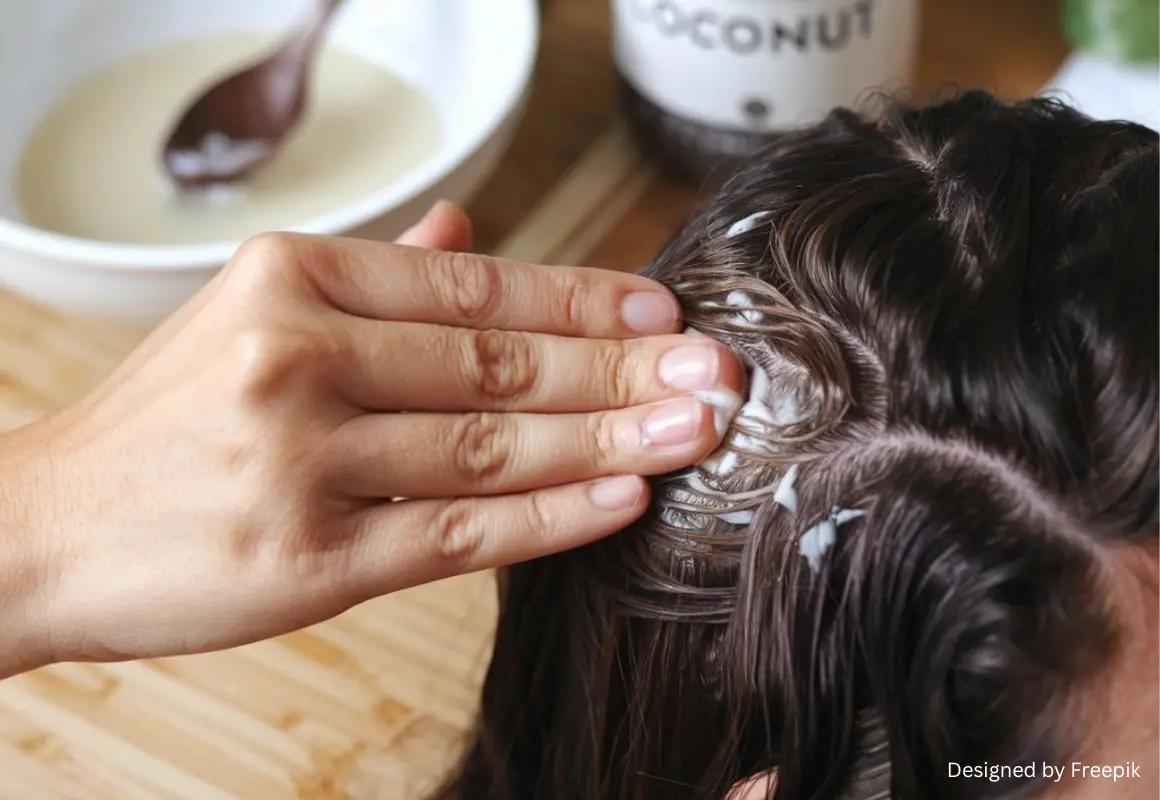
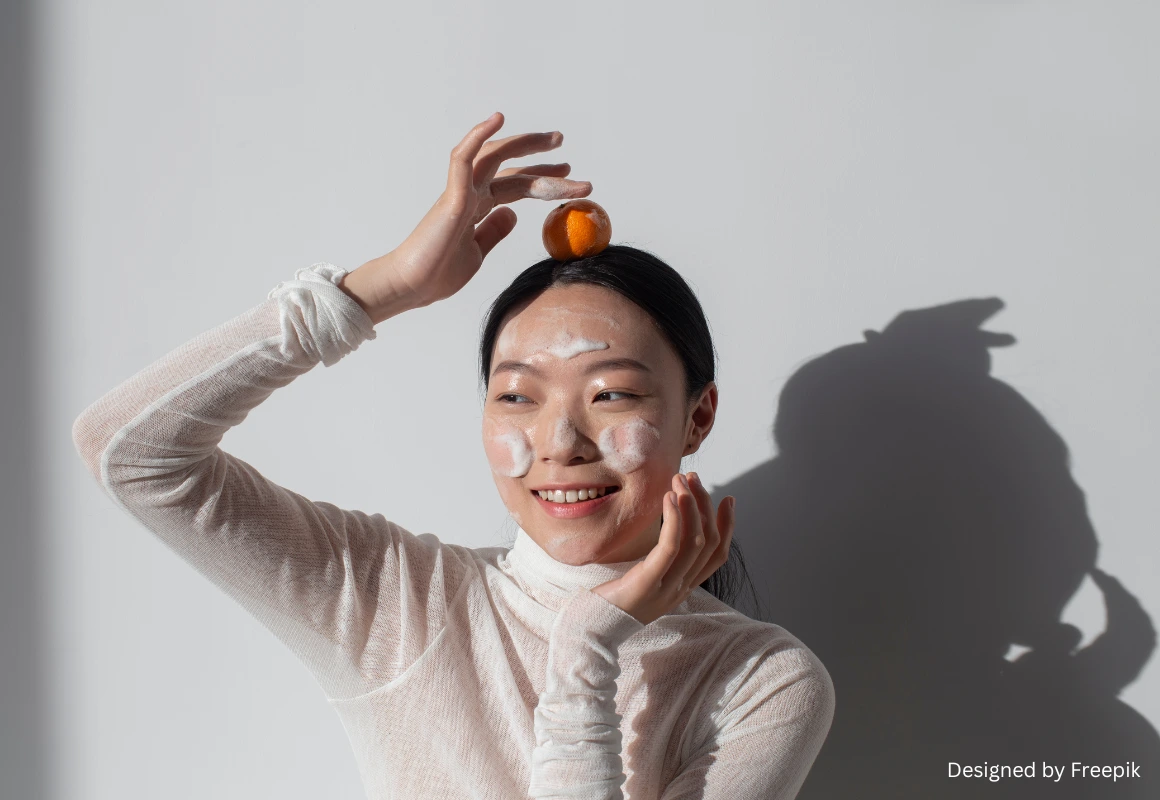
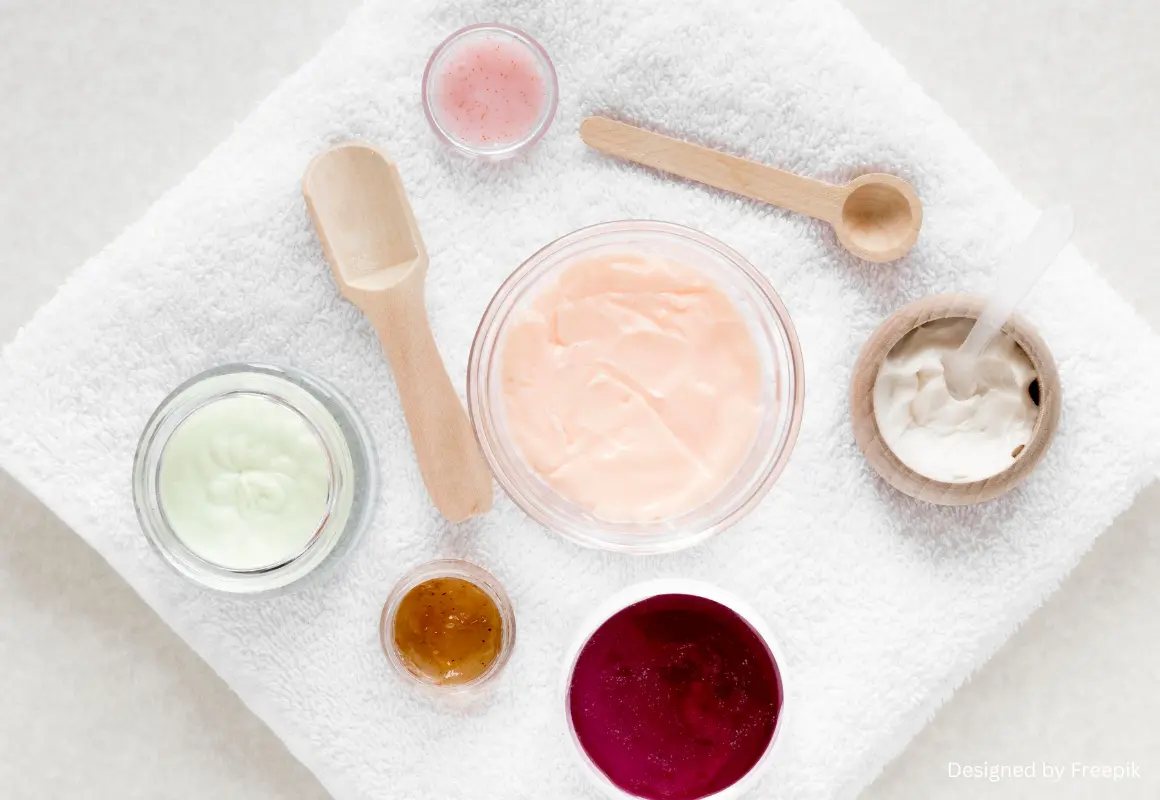
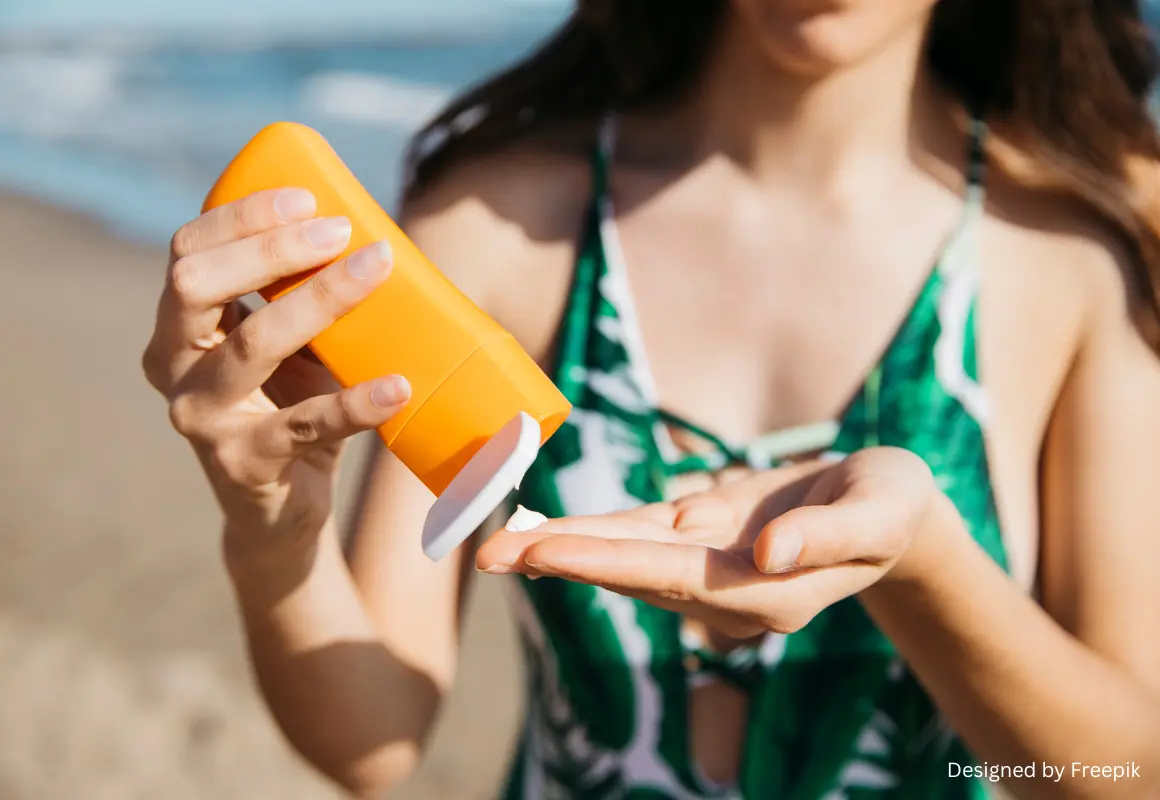
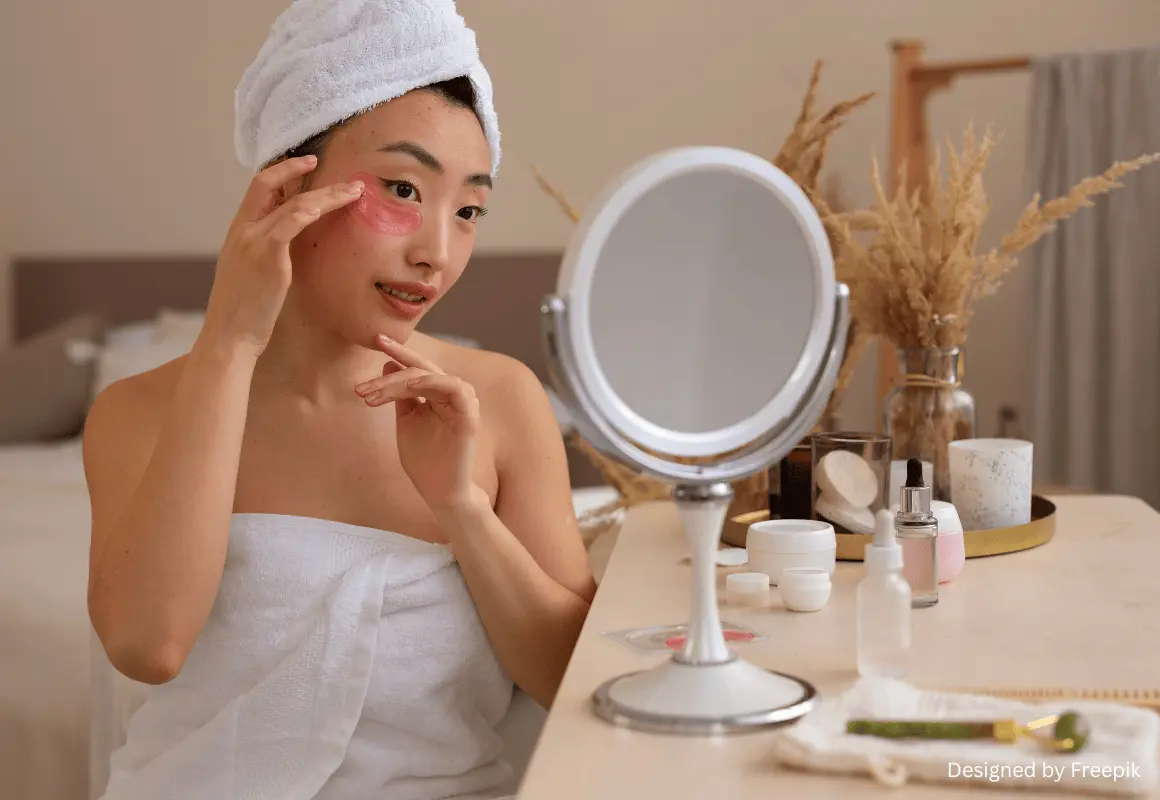

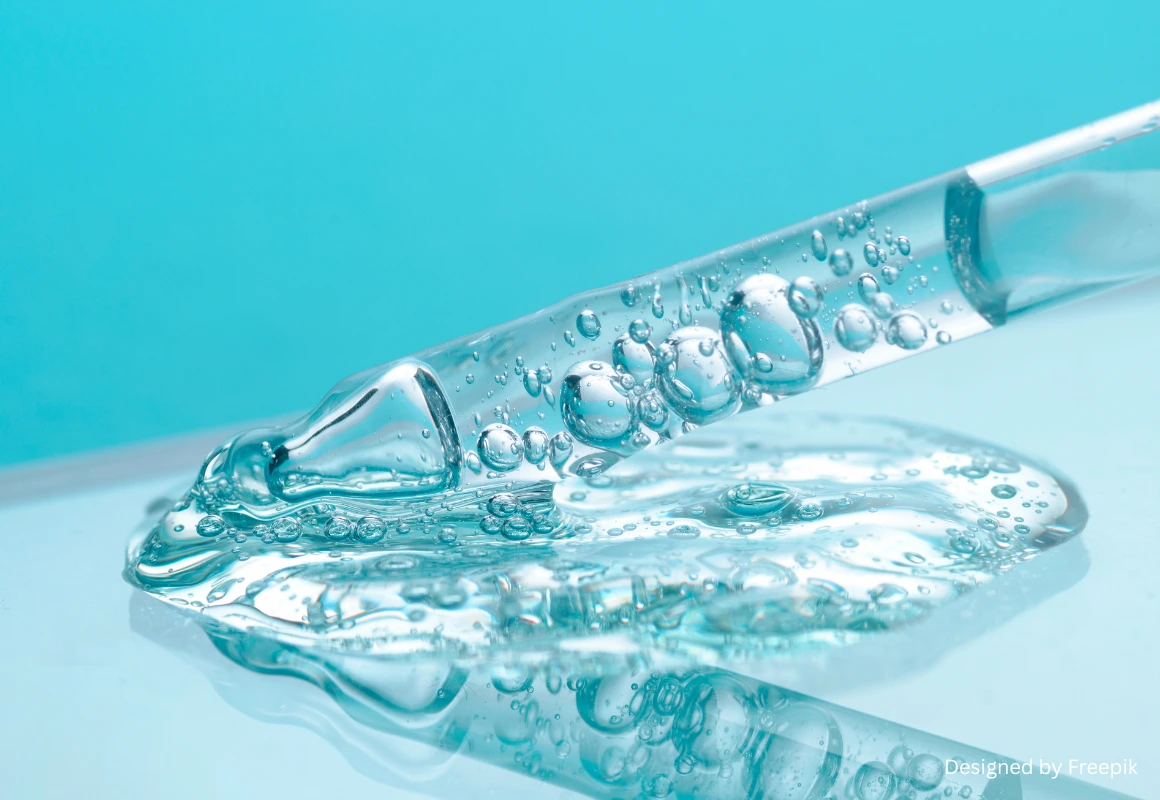
.webp)

